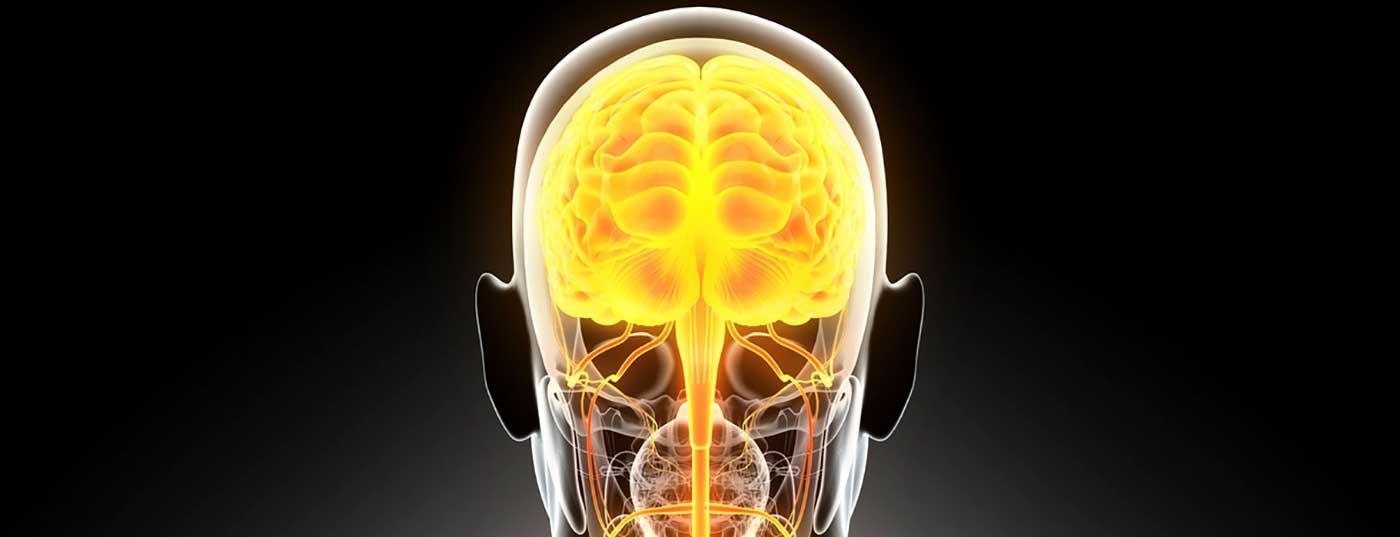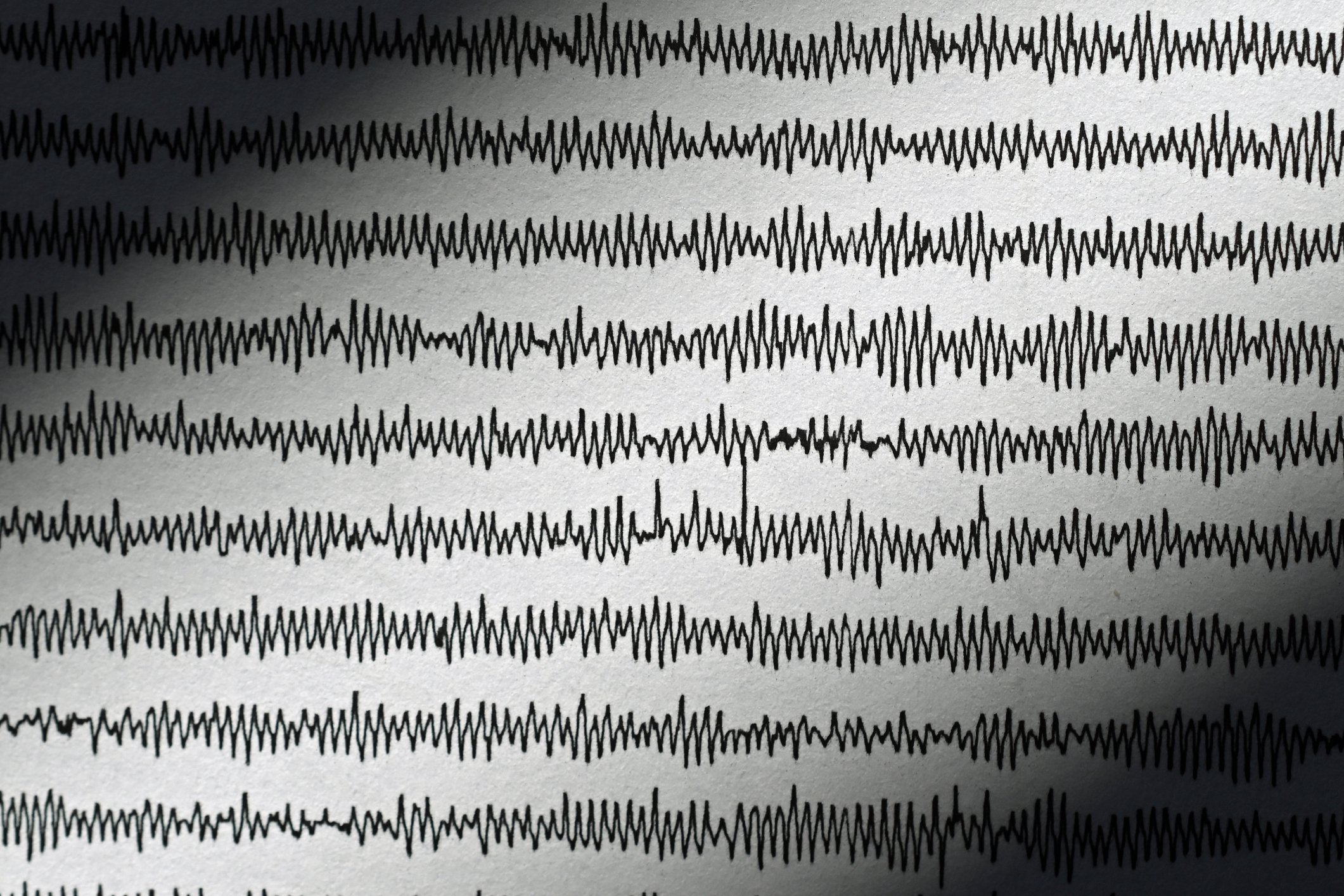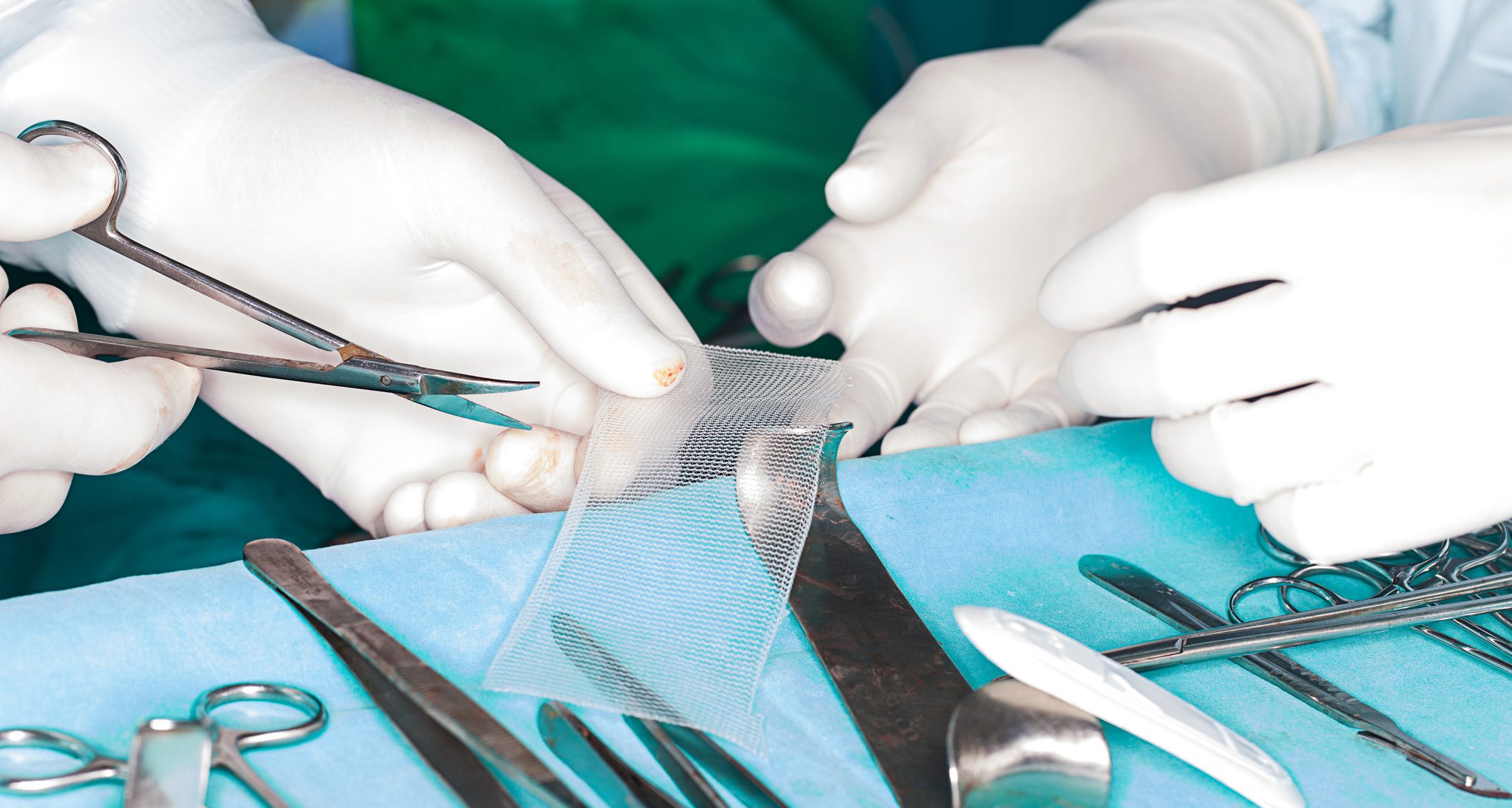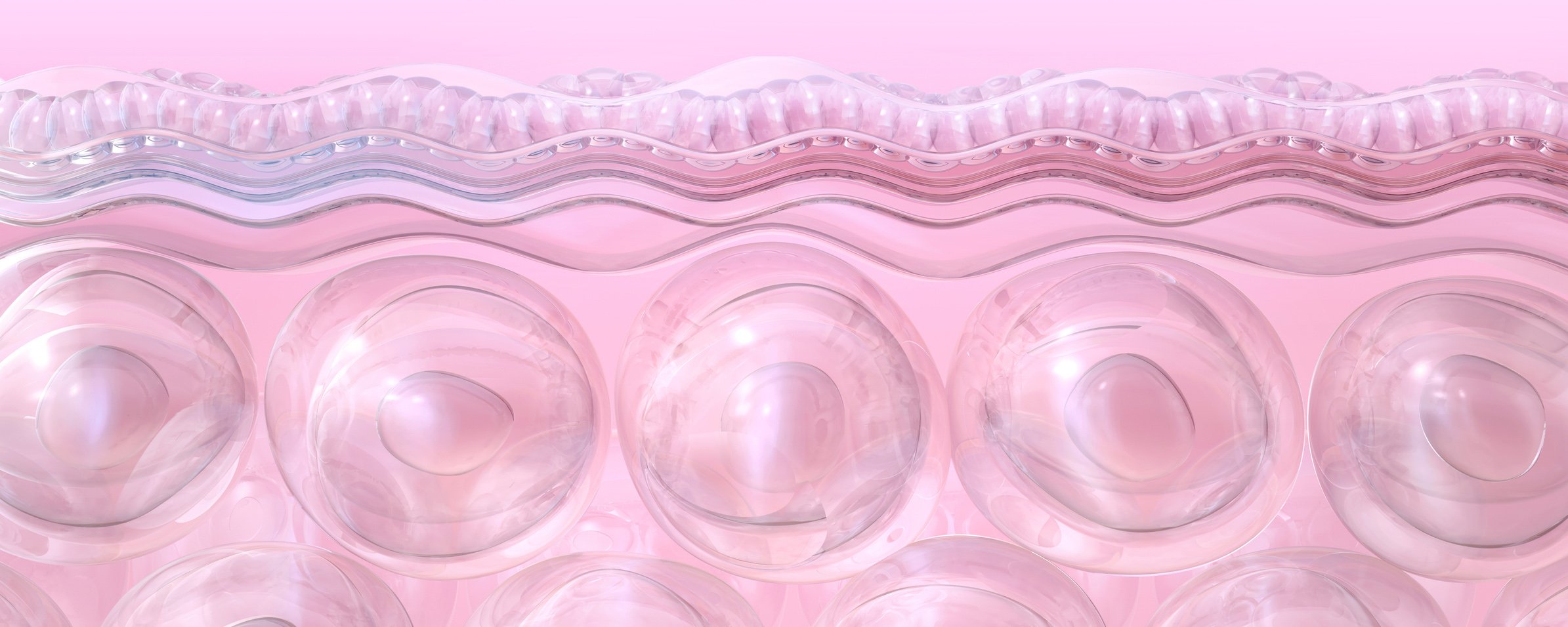Question: What is the role of the medial part of the cingulate cortex (“midcingulate cortex”, MCC) in the processing of nociception and pain?
Background: Neuronal activity in the MCC is frequently observed during experimental pain induction, both in animal and human studies. However, the interaction between MCC activity, nociception, and pain experience is unclear and causal relationships are entirely lacking.
METHODS: For pain generation, researchers injected capsaicin into mice and used optogenetic stimulation to manipulate targeted neurons in the MCC and their activity.
Results: The authors discovered a specific neural circuit between the MCC and the posterior part of the insula (“posterior insula”, PI), which seems to be responsible for the generation and maintenance of nociceptive hypersensitivity. Here, activation of this MCC-PI circuit and associated nociceptive hypersensitivity was independent of peripheral pain stimulation.
Comment: The results contain important implications for changes in pain sensitivity in patients in whom one cannot identify obvious injury or functional pathology. Nevertheless, many questions remain unanswered: Do we also observe these effects when using other pain models? What are the exact neuroanatomical connections of the periphery to the MCC? What is the relevance of the present animal study compared with clinical pain conditions in humans? Nonetheless, the exciting results of this study should serve as a mechanistic basis for studying the transition from acute to chronic pain in more detail.
InFo NEUROLOGY & PSYCHIATRY 2018; 16(1): 38.












